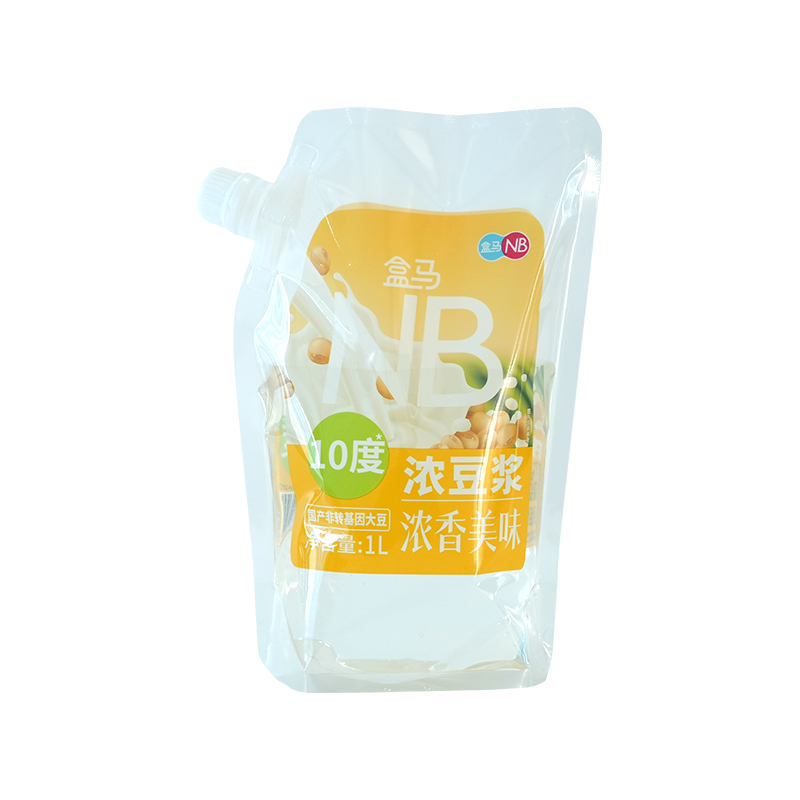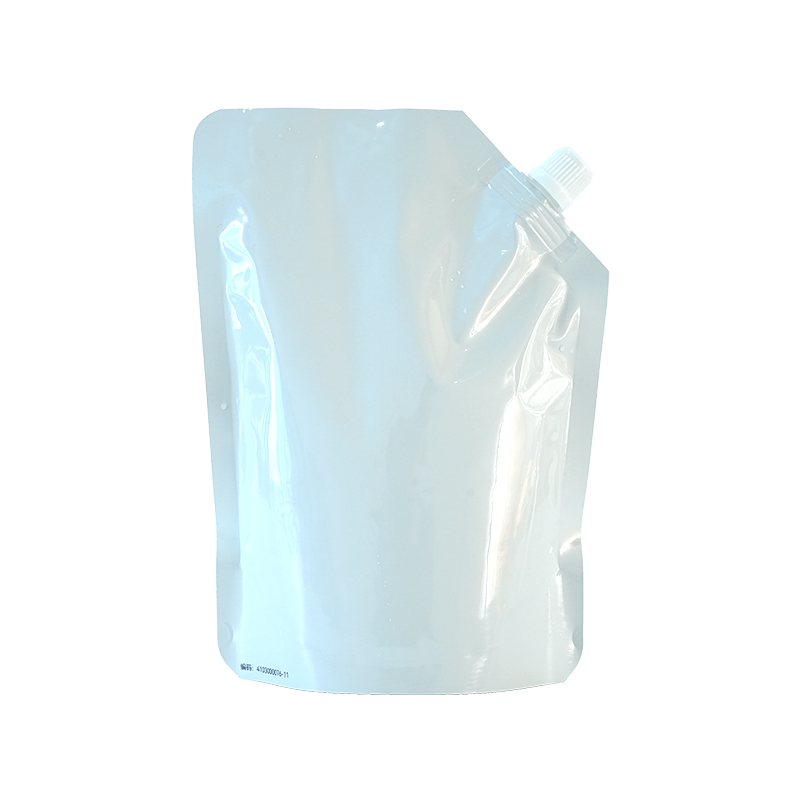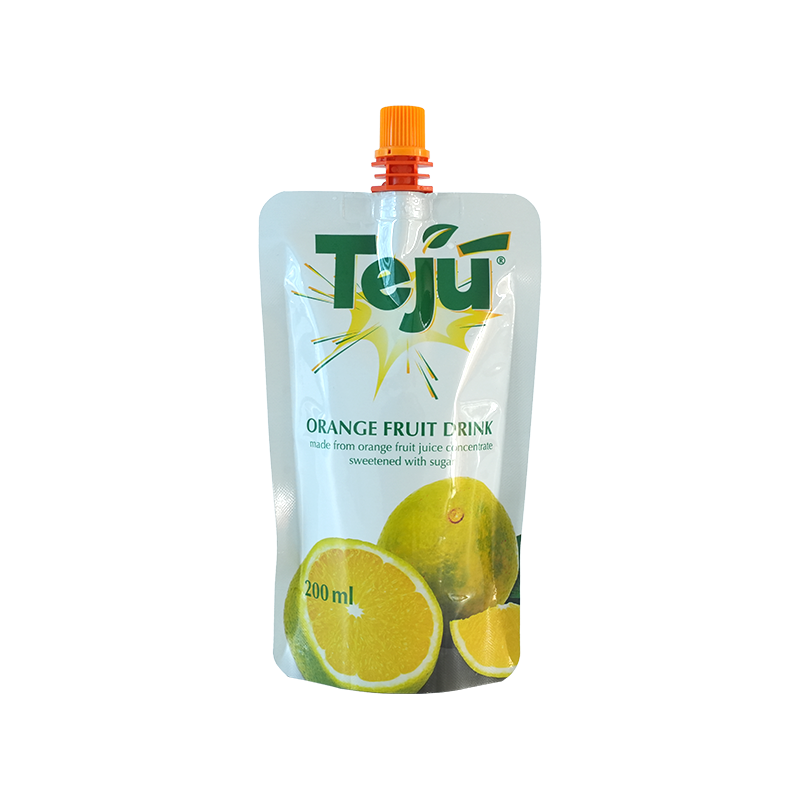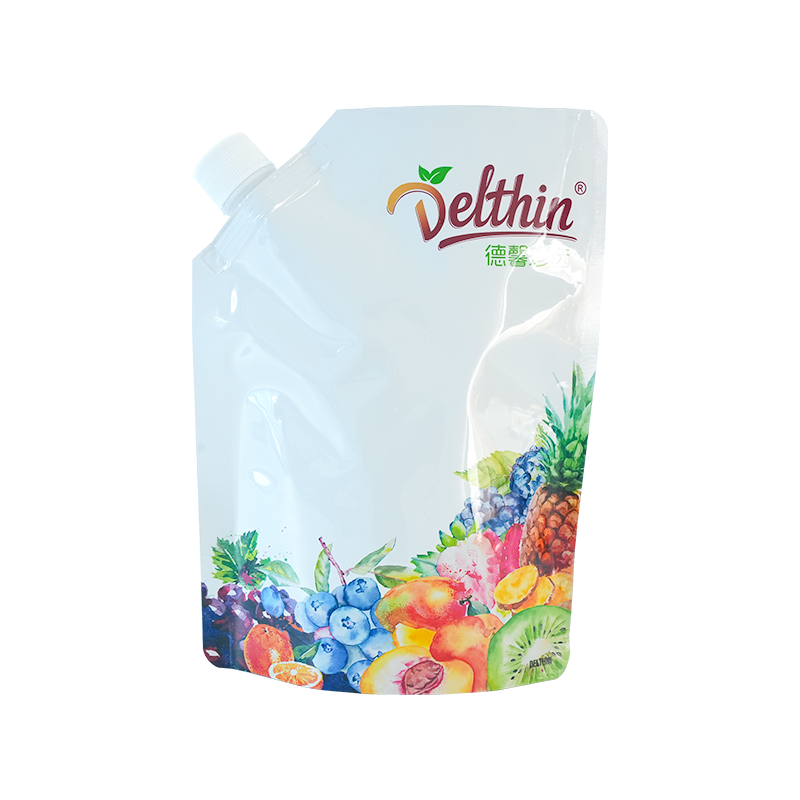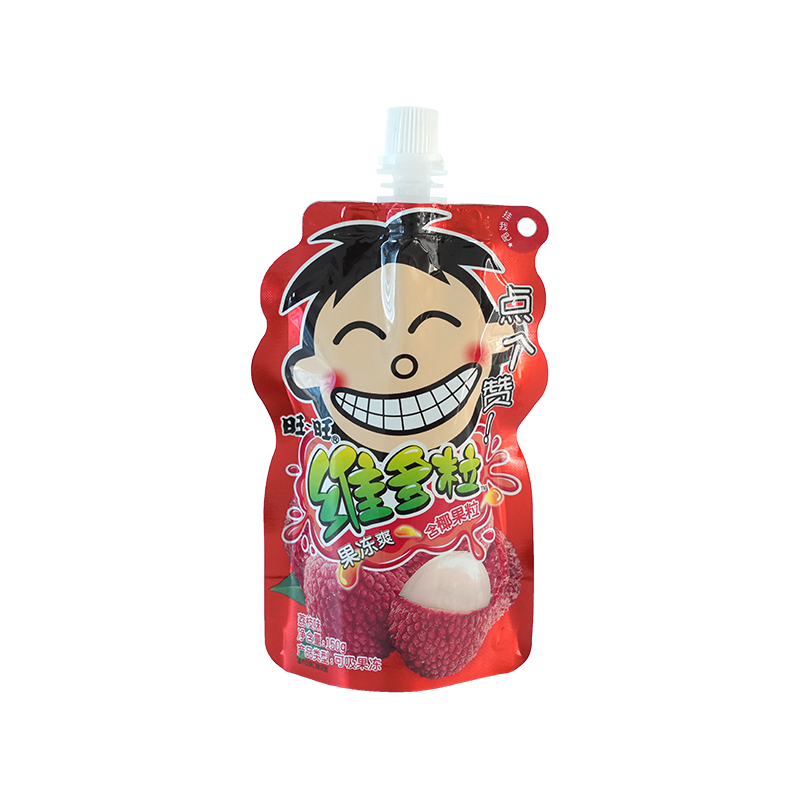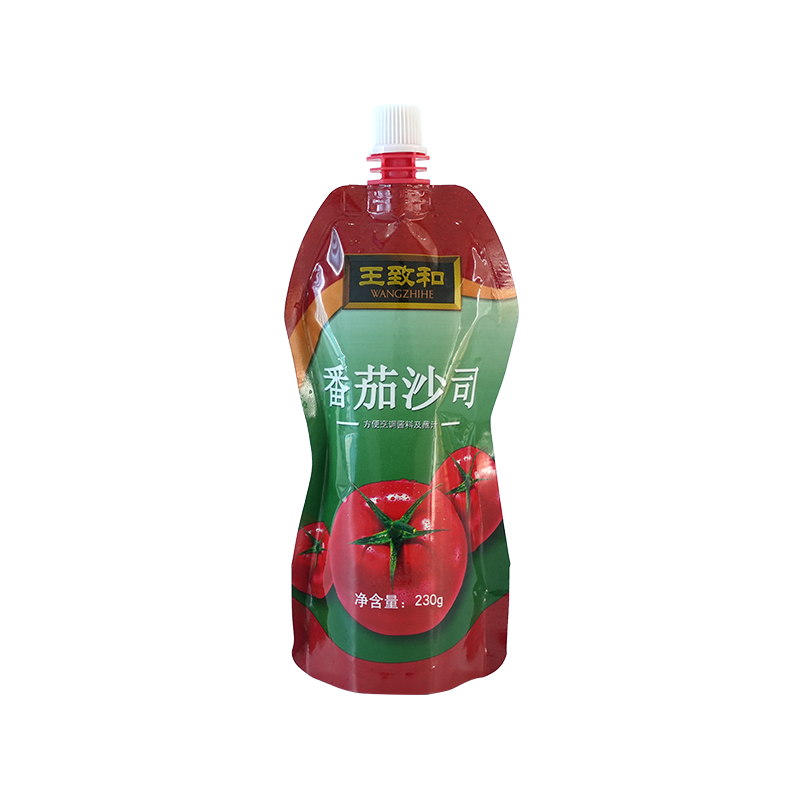In the packaging industry, stand-up bags, as an innovative packaging form, have won wide recognition and favor in the market for their unique self-supporting characteristics, portability and aesthetics. Especially in the field of high-end beverages such as cocktails, cocktail stand-up bags are not only the carrier of products, but also an important part of brand image and consumer experience. The excellent performance of stand-up bags is not innate, but comes from the careful design and strict control of every detail in its production process. Among them, the heat sealing process is undoubtedly the key link in determining the sealing performance and structural strength of the packaging bag.
As a core process in the production process of stand-up bags, the importance of heat sealing is self-evident. It heats two or more layers of film materials under specific conditions and applies pressure to melt the surface of the film materials and fuse them together to form a continuous sealing line, thereby ensuring the sealing performance of the packaging bag. Heat sealing also undertakes the task of enhancing the structural strength of the packaging bag, ensuring that the packaging bag can maintain a stable shape during transportation, storage and use, and preventing leakage of contents or damage to the packaging bag.
In the heat sealing process, temperature and pressure are two critical parameters. If the temperature is too high or the pressure is too high, the composite film material will shrink and deform due to excessive heating, resulting in poor sealing of the bag mouth or distortion of the bag body. This deformation not only affects the overall appearance of the self-supporting bag, but more importantly, it may cause gaps in the sealing line, thereby weakening the sealing performance of the packaging bag, making the contents easily contaminated by the external environment, and affecting the shelf life and safety of the product.
If the temperature is too low or the pressure is insufficient, the heat seal may not be strong. In this case, the film materials fail to fully melt and fuse with each other, the sealing line strength is insufficient, and it is easy to break when subjected to external force, resulting in air leakage. This will not only reduce the shelf life of the product, but may also cause consumers to question the quality of the product and damage the brand image.
The precise control of heat sealing temperature and pressure is the key to ensuring the sealing performance and structural strength of the self-supporting bag. This requires manufacturers to adjust the heat sealing parameters in real time according to the characteristics and thickness of the film material during the heat sealing process to achieve the best sealing effect.
The characteristics and thickness of the film material are important factors affecting the heat sealing parameters. Different types of film materials have different properties such as melting temperature, melt viscosity, and thermal stability. During the heat sealing process, special parameter settings need to be made for the characteristics of each film material.
For example, for PE (polyethylene) film materials, due to their low melting temperature and poor thermal stability, the heat sealing temperature needs to be appropriately lowered during heat sealing to avoid shrinkage and deformation due to overheating of the film material. Due to the low melt viscosity of PE film, the heat sealing pressure needs to be appropriately increased to ensure that the film materials can fully melt and fuse with each other.
For PET (polyethylene terephthalate) film materials, due to their high melting temperature and good thermal stability, the heat sealing temperature can be appropriately increased during heat sealing to speed up the melting speed of the film material. Due to the high melt viscosity of PET film, the heat sealing pressure needs to be appropriately reduced to avoid the film material from being broken by excessive pressure during the heat sealing process.
In addition to the type of film material, its thickness is also an important factor affecting the heat sealing parameters. Generally speaking, the thicker the film material, the worse its thermal conductivity, and a higher heat sealing temperature and longer heat sealing time are required to ensure that the film materials are fully melted and fused with each other. Thick film materials are more susceptible to deformation due to pressure during the heat sealing process, and the heat sealing pressure needs to be controlled more accurately to avoid excessive deformation of the film material and affect the sealing effect.
In the production process of self-supporting bags, the real-time adjustment and optimization of heat sealing parameters are the key to ensuring the sealing performance and structural strength of packaging bags. This requires manufacturers to have advanced production equipment and professional operators.
Advanced production equipment can monitor parameters such as temperature and pressure during the heat sealing process in real time, and automatically adjust the heat sealing parameters according to the characteristics and thickness of the film material to ensure that each heat seal can reach the best state. The production equipment should also have fault warning and automatic shutdown functions to prevent heat sealing quality problems caused by equipment failure.
Professional operators need to have an in-depth understanding of the characteristics of film materials and heat sealing processes and rich practical experience. They can flexibly adjust the heat sealing parameters according to the type and thickness of the film material and the actual situation in the production process, and monitor the heat sealing quality at any time to find and solve problems in time.
In addition, manufacturers should also regularly maintain and maintain production equipment to ensure stable operation and precise control of the equipment. The training and assessment of operators should also be strengthened to improve their professional skills and sense of responsibility to ensure that the sealing performance and structural strength of the stand-up pouch are always maintained in the best condition.

